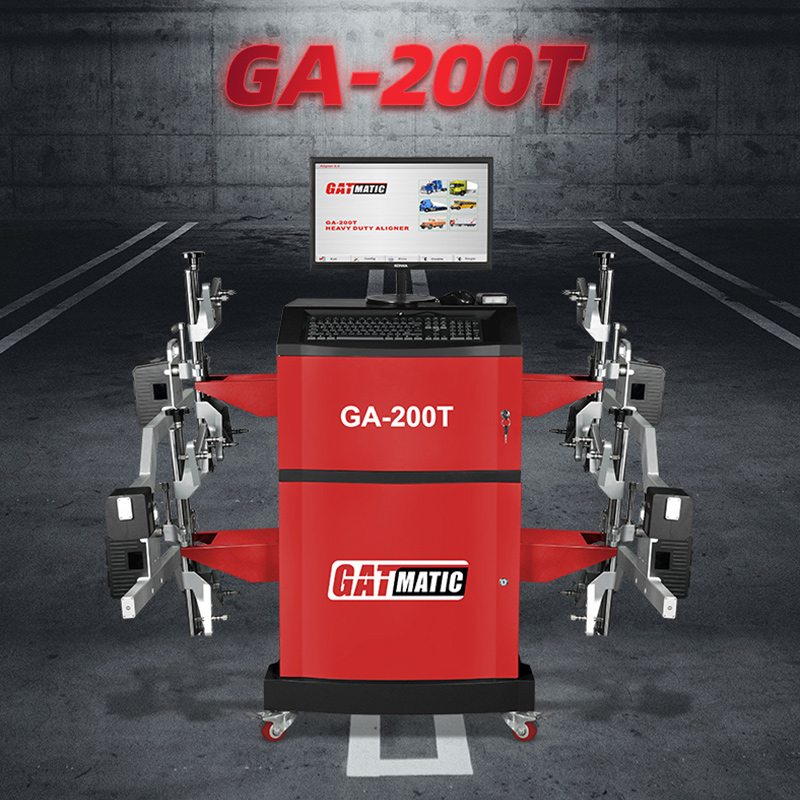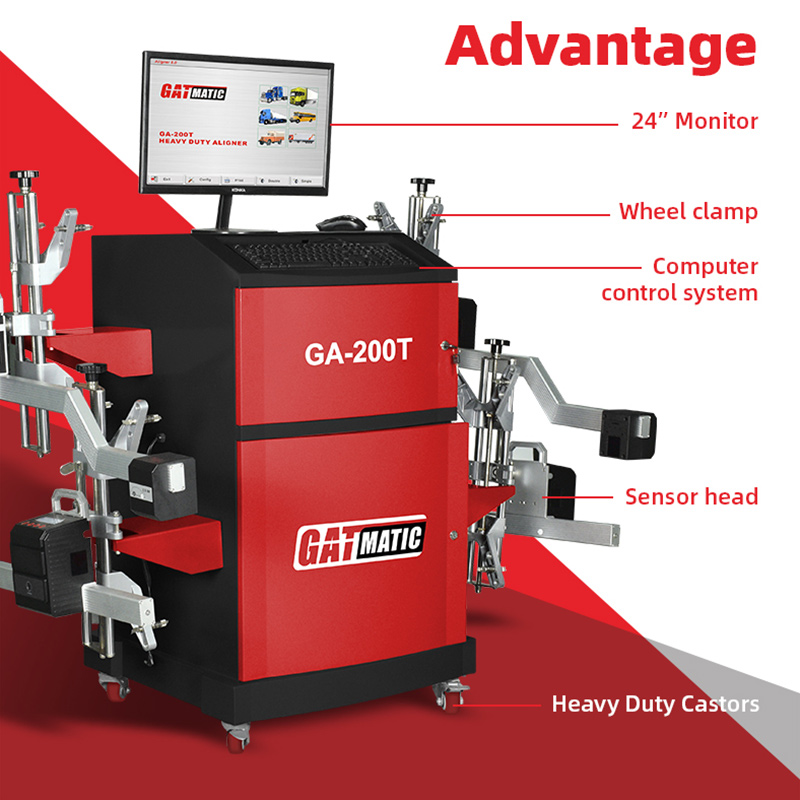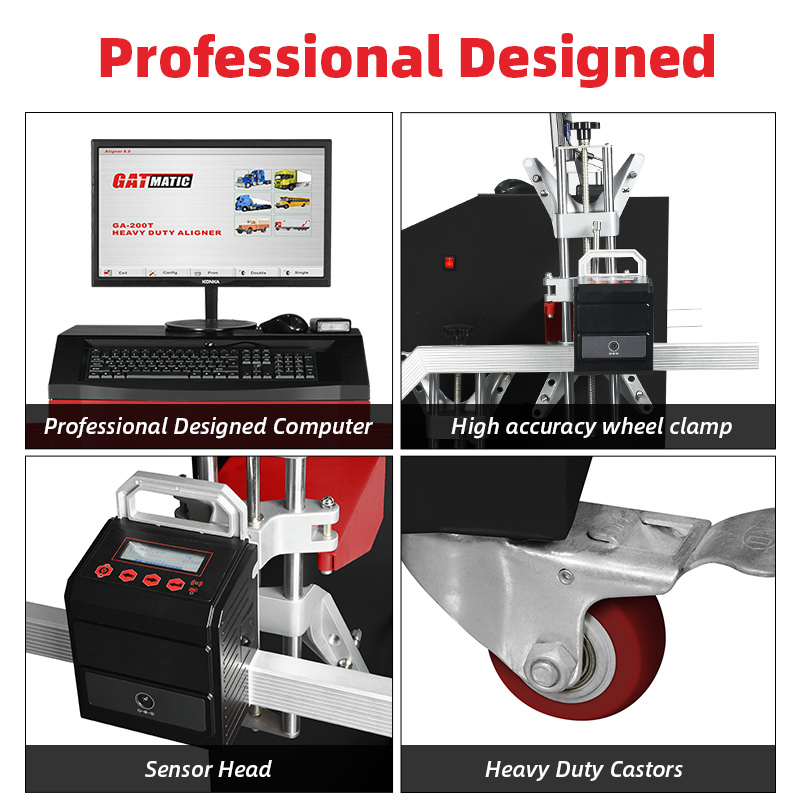Can I do alignment on unevenly worn tires?
Aligning your vehicle’s wheels is a crucial aspect of maintenance that ensures optimal performance and safety on the road. However, a common concern among vehicle owners is whether it’s possible to perform wheel alignment on tires that have uneven wear. In this article, we will delve into this issue, addressing the causes of uneven tire wear, the alignment process, and whether alignment is feasible for tires in such condition.

I. Understanding Uneven Tire Wear
What Causes Uneven Tire Wear?
Uneven tire wear can occur due to various factors:
1. Improper Inflation
Inadequate tire pressure can lead to uneven wear. Over-inflation causes the center of the tire to wear faster, while under-inflation results in the edges wearing out prematurely.
2. Misaligned Wheels
Wheel misalignment is a leading cause of uneven tire wear. When your wheels are not properly aligned, certain parts of the tire bear more weight than others, causing uneven wear patterns.
3. Suspension Issues
Issues with your vehicle’s suspension system can also contribute to uneven tire wear. Damaged shocks or struts can affect how your tires make contact with the road.
4. Driving Habits
Aggressive driving, sudden braking, and sharp turns can accelerate tire wear. Your driving habits play a significant role in the condition of your tires.
II. The Importance of Wheel Alignment
What Is Wheel Alignment?
Wheel alignment, often referred to as tire alignment, is the process of adjusting the angles of the wheels to the manufacturer’s specifications. Proper alignment ensures that all four wheels are parallel and perpendicular to the road and each other.
Alignment Process
1. Inspection
Before performing an alignment, a certified technician inspects your tires, suspension components, and steering system for any damage or wear.
2. Adjustment
Using specialized equipment, the technician adjusts the camber, caster, and toe angles to align the wheels correctly.
3. Testing
After adjustments are made, the vehicle is tested to ensure that it handles properly and that the steering wheel is centered.
III. Can Alignment Be Done on Unevenly Worn Tires?
Now, let’s address the main question: Can you perform wheel alignment on tires with uneven wear?
Yes, But…
Yes, wheel alignment can be done on unevenly worn tires, but with some caveats:
1. Mild Uneven Wear
If the uneven wear on your tires is relatively mild and within acceptable limits, alignment can often correct the issue.
2. Tire Condition
The overall condition of the tires matters. If they are excessively worn or damaged, alignment may not be sufficient to address the problem, and tire replacement may be necessary.
3. Inspection
Before proceeding with alignment, it’s crucial to have a professional technician inspect your tires and assess the extent of the wear. They will determine if alignment is a viable solution.
4. Additional Repairs
In some cases, alignment alone may not suffice. Additional repairs to suspension or steering components might be required to prevent further uneven wear.
Conclusion
In conclusion, wheel alignment can be performed on tires with uneven wear, provided the wear is not severe and the tires are in reasonably good condition. However, it’s essential to consult with a professional technician who can assess your tires and recommend the appropriate course of action. Proper alignment not only extends the life of your tires but also enhances the safety and performance of your vehicle on the road.
FAQs
1. How do I know if my tires have uneven wear?
To check for uneven tire wear, inspect the tread pattern. If you notice significant differences in tread depth between the center and edges of the tire, or if you see signs of cupping or scalloping, your tires may have uneven wear.
2. Can uneven tire wear cause handling problems?
Yes, uneven tire wear can affect your vehicle’s handling and stability. It may lead to steering issues, reduced traction, and an overall less smooth ride.
3. How often should I get a wheel alignment?
It’s recommended to have a wheel alignment performed every 6,000 to 8,000 miles or as specified in your vehicle’s owner’s manual. However, if you notice signs of uneven tire wear or handling problems, it’s advisable to get an alignment check sooner.
4. Can I perform wheel alignment at home?
While it’s possible to perform a basic DIY wheel alignment, it’s highly recommended to have a professional technician do the job. They have the expertise and specialized equipment to ensure precise alignment.
5. What are the benefits of proper wheel alignment?
Proper wheel alignment improves tire longevity, fuel efficiency, and vehicle stability. It also ensures even tire wear, reducing the need for premature tire replacements.
Describe Your Needs In Detail!
We will carefully evaluate your needs and give professional solutions.




